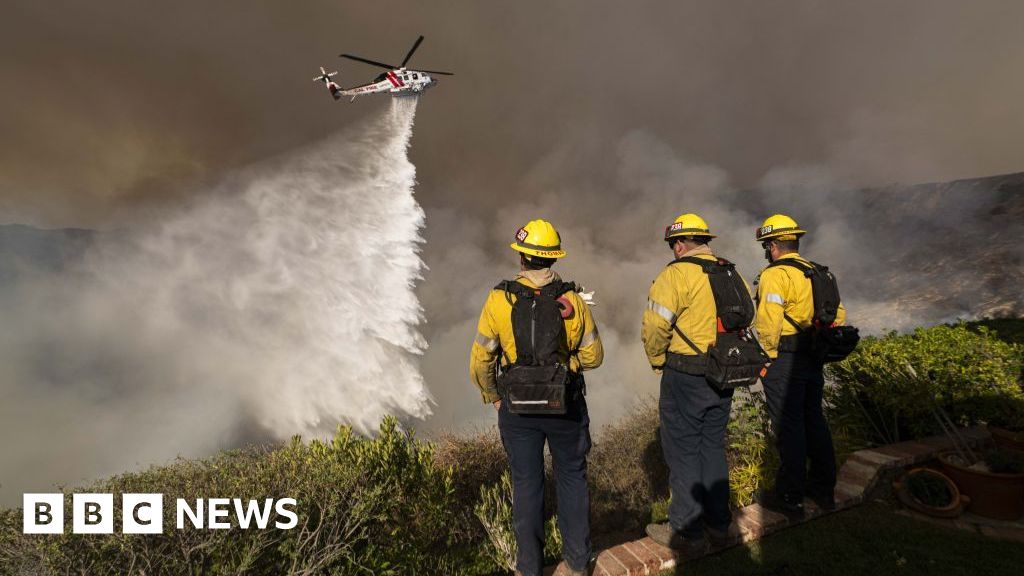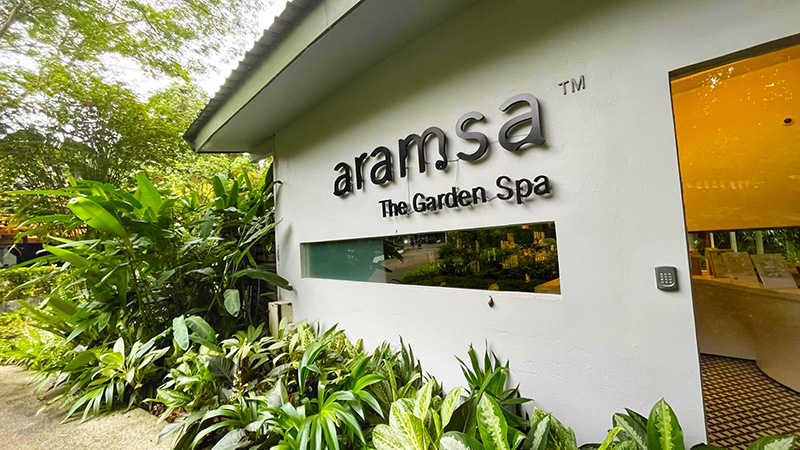In a statement from the country’s ambulance service, a senior paramedic said his team had witnessed “gruesome” scenes on the grass. Israeli Defense Minister Yoav Gallant was conducting a situational assessment with the military, his office said.
“We will prepare for a response against Hezbollah,” IDF spokesman Rear Adm. Daniel Hagari said in a news briefing. “We will finish our assessments and we will act.”
In a swiftly issued statement, Hezbollah denied any connection to the attack, saying it “categorically denies all false claims in this regard.”
The strike drew sharp condemnations from Israeli officials amid fears that it would accelerate the now-daily exchanges of fire between Israel and Hezbollah into a full-blown conflict. Warnings of such an eruption — caused by precisely the kind of high casualty incident that occurred Saturday — have grown urgent in recent months, as fighting along the Lebanese-Israeli border has intensified.
“For more than nine months, Hezbollah has been attacking our citizens in the north, firing thousands of rockets and missiles and UAVs … targeting families, homes and communities,” Hagari said.
Hezbollah began strikes against Israel soon after the Hamas-led attack on Israeli communities Oct. 7. During the conflict, Palestinian factions, including Hamas, have occasionally claimed attacks from Lebanon against Israel.
This month, Hezbollah’s leader, Hasan Nasrallah, vowed to retaliate against Israeli strikes that had killed Lebanese civilians, saying his group would hit new areas in Israel that had not previously been targeted. He has also said Hezbollah would end its attacks if there was a cease-fire in the Gaza Strip.
Hezbollah announced that Israel had killed four of its members, adding that it had also struck several military targets inside Israel. The targets included what Hezbollah called the Golani barracks, shown on a map that the group distributed as being just north of Majdal Shams.
The incident in Majdal Shams followed a deadly strike in central Gaza, where local health authorities said at least 30 Palestinians were killed when Israel attacked a school sheltering displaced people.
The IDF said it targeted a Hamas position with “precision,” but video and eyewitness testimonies from the nearby Al-Aqsa Martyrs Hospital suggested that most of the dead were civilians.
Around 4,000 people were staying in the Khadija School in Deir al-Balah, according to Gaza’s civil defense force. Video from the immediate aftermath of the attack showed bodies on the ground and bloodied children carried by adults. At the hospital, doctors said they had received patients with full-body burns or their limbs shorn off.
More than 39,000 Palestinians have been killed in the conflict so far, according to the Gaza Health Ministry, which does not distinguish between civilians and combatants but says the majority of the dead are women and children.
In a statement, the IDF described its strike as targeting “terrorists operating a Hamas command and control center embedded inside the Khadija School in central Gaza” and said precautions were taken to “mitigate the risk of harming civilians, including the use of appropriate munitions, aerial surveillance and additional intelligence.”
The force has issued similar statements after other strikes on schools packed with displaced civilians. Military experts caution that precision munitions still have the capacity to kill large numbers of people when they are used in densely populated areas. It was not clear which munitions were used in the explosions. A video from the scene, confirmed by the local civil defense force, appeared to show an unexploded U.S.-made small diameter bomb in the wreckage, according to Trevor Ball, a former U.S. Army bomb technician who reviewed the footage.
Yazan Ahmed, 33, whose tent is near the school, told The Washington Post that the school was targeted with what appeared to be four missiles at around noon local time. He said he went to help rescue people from the school and “the scene cannot be described. The limbs were torn everywhere. They were all women and children whose bodies were torn apart.”
His description was echoed by other eyewitnesses. “There were victims everywhere,” said Fayez al-Toum, 21, who said he had been standing on the roof of a school building across the road when the attack began.
Most of Gaza’s roughly 2.2 million population has been displaced by the conflict, as fighting between Israeli forces and Hamas militants has shunted much of the civilian population from north to south, and now back toward the enclave’s center.
The United Nations said this week that more than 190,000 Palestinians had been displaced from Deir al-Balah and Khan Younis, to the south, in just four days, as the Israeli army issued evacuation orders ahead of military operations there. On Saturday, the military extended those instructions to southern neighborhoods of Khan Younis.
“Due to significant terrorist activity and rocket fire toward the State of Israel from the southern area of Khan Younis, remaining in this area has become dangerous,” the Israel Defense Forces said on X, warning that it was “about to forcefully operate” there and was adjusting the boundaries of an area that it has designated as a safe zone.
It was the second time in less than a week that Israel has ordered the evacuation of a former safe area. On Monday, the IDF ordered the evacuation of an eastern sector of the city of Khan Younis, including an area in the Mawasi neighborhood that was previously within the boundaries of a designated safe zone for displaced people. Israel said it was targeting Hamas militants who had been firing rockets from the area.
Hundreds of thousands of Palestinians had been sheltering in the safe zone area, having been displaced multiple times since the war began.
At a news briefing Friday, U.N. Secretary General António Guterres described Gaza’s humanitarian crisis as a “disaster.” The displaced were now being told to move, he said, “in search of a safety that doesn’t exist.”
Alon Rom and Sarah Dadouch contributed to this report.




















Discussion about this post